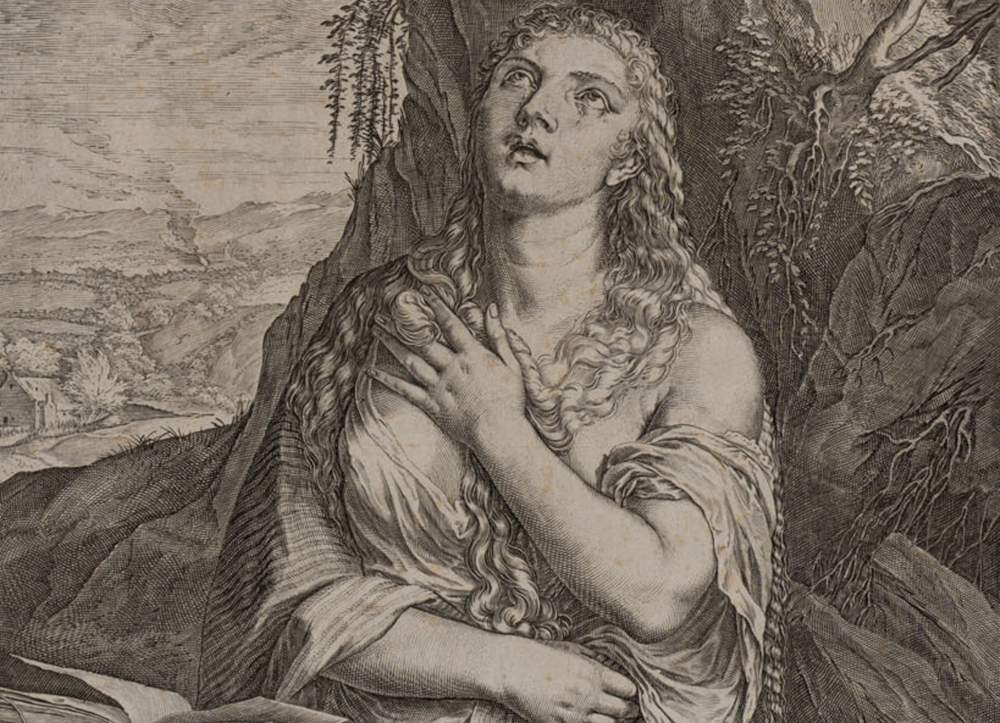From February 24 to June 2, 2024, the Civic Museums of Bassano del Grappa are hosting the exhibition Renaissance in Black and White. The Art of Printing in Venice (1494-1615), curated by Giovanni Maria Fara and David Landau.
More than a hundred works, some of monumental format, will be on display, in which the “felicitous black lines” ofengraving are measured against the founding themes ofVenetian art: tonal chiaroscuro, landscape, canvases, narrative painting, elegant female figures, the dialectical relationship with different artistic traditions, a personal idea of antiquity, and the defense of one’s own identity. Thanks to prints, objects that are immediately multipliable, easily transportable, bearing no precise consideration of geographic and linguistic boundaries, Venice posed itself as an indispensable crossroads of artistic experiences in continuous and interminable updating. Indeed, it was Venice where some of the most important graphic and publishing achievements of the entire Renaissance were born and marketed.
“The exhibition will retrace the high and innovative achievements of that art that was able to dialogue with the achievements of painting, when not even to influence it, as if one was the mirror of the other,” said Barbara Guidi, director of the Civic Museums of Bassano del Grappa.
The extremely rich Bassano collections, due to the extraordinary collection of the Remondini family, which was formed at the end of the 18th century and has come down to us in its original appearance, will be the subject of a massive restoration campaign supported entirely by Save Venice.
In addition to the rich Bassano corpus of engravings, the exhibition will draw on loans from public and private collections: including the Biblioteca Nazionale Marciana, the Giorgio Cini Foundation, the State Archives, the Accademia di Belle Arti and the Scuola Grande di San Marco in Venice, the Uffizi Galleries in Florence, the Palatina Library in Parma and others.
The themes addressed by the exhibition project will involve some of the major artists of the time: Andrea Mantegna, Aldo Manuzio, Francesco Colonna, Girolamo Mocetto, Giulio and Domenico Campagnola, Benedetto Montagna, Albrecht Dürer, Marcantonio Raimondi, Hans Burgkmair the Elder, Lucantonio degli Uberti, Enea Vico, Battista Franco and Schiavone, Lorenzo Lotto and Pordenone, the great polygraphers and printers active in Venice in the mid 16th century (Anton Francesco Doni and Ludovico Dolce, Francesco Marcolini and Gabriele Giolito), Vincenzo Scamozzi and Battista Pittoni; Titian and the workshops of his countless engravers: Ugo da Carpi, Giulio Bonasone, Giovan Jacopo Caraglio, Giovanni Britto, Nicolò Boldrini, Battista del Moro, Martino Rota, Giulio Fontana, and Cornelis Cort. And again, Jacopo and Leandro Bassano, Veronese, Tintoretto, Agostino Carracci, and lastly Giuseppe Scolari from Vicenza, with his dramatically chiaroscuro sign, which already preludes the Baroque.
Together with the scholarly publication that will accompany the exhibition, the exhibition will also be an opportunity to bring this page of European art back to the attention of the public, as well as scholars, and provide an opportunity for a significant update of studies several decades after the memorable exhibitions The Reinassance Print (1994) and The Genius of Venice (1984).
"Following the success of I, Canova. European Genius, the Civic Museum of Bassano del Grappa once again makes itself a protagonist of the national exhibition scene thanks to the exceptional richness of its collections and the quality of its cultural proposals," said Elena Pavan, mayor of Bassano del Grappa. “An initiative that combines, to the highest degree, the protection of Bassano’s heritage and its enhancement and that will be an authentic discovery for the public.”
Image: Cornelis Cort (from Titian), Penitent Magdalene, detail (Bassano del Grappa, Museo Civico)
 |
| In Bassano del Grappa over a hundred works present the Renaissance in black and white |
Warning: the translation into English of the original Italian article was created using automatic tools. We undertake to review all articles, but we do not guarantee the total absence of inaccuracies in the translation due to the program. You can find the original by clicking on the ITA button. If you find any mistake,please contact us.